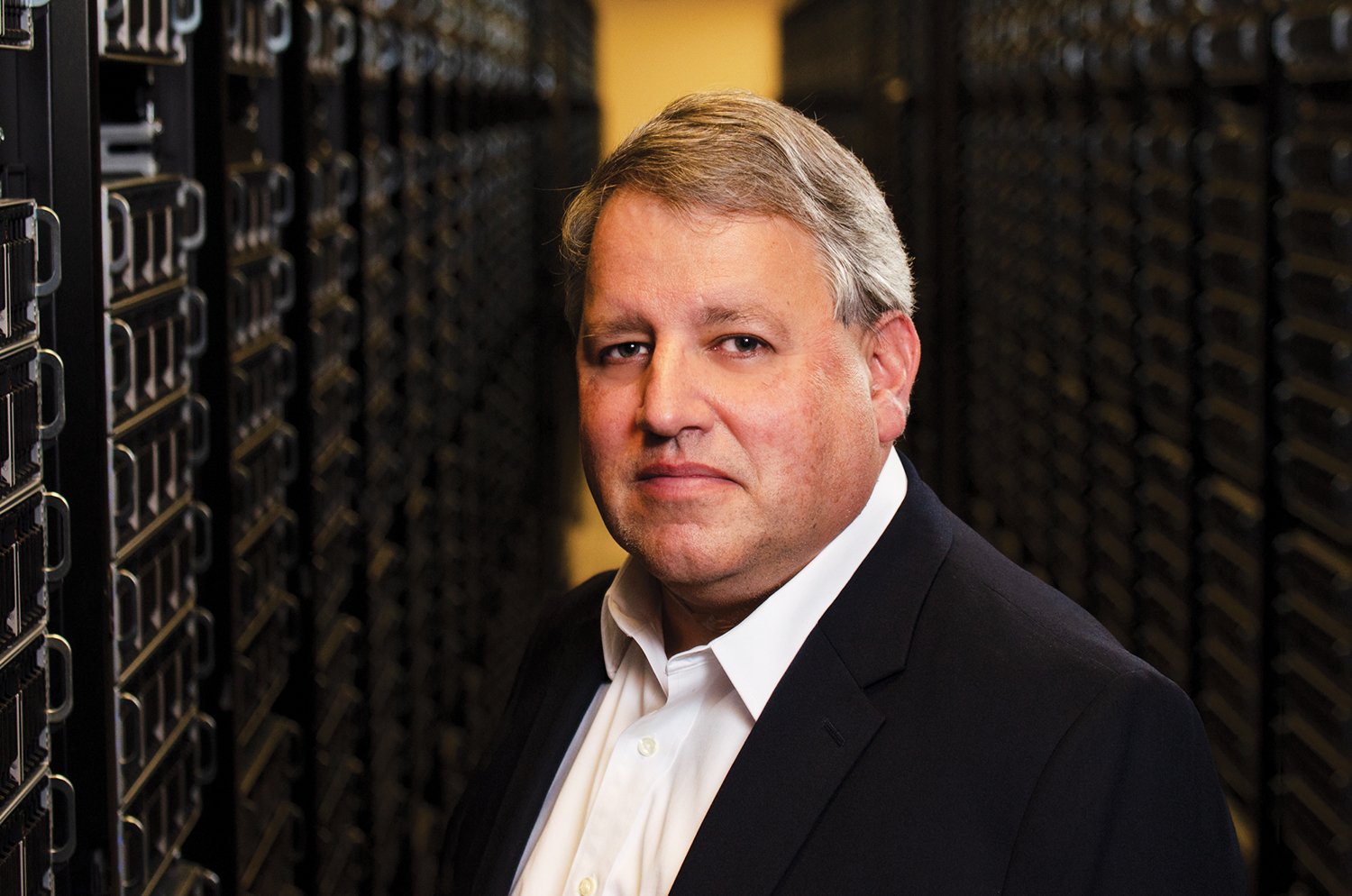People & Programs
Dan Stanzione
Letter From the Director
TACC Executive Director Dan Stanzione reflects on past year and new developments

The only thing hotter than summer in Texas is the marketplace for AI, specifically in Deep Learning. While hype (and actual results) around AI have been growing rapidly for the last seven years, the release of ChatGPT in 2022 has been characterized as a "Sputnik moment" for the AI industry and for Generative AI in particular. While there are many ramifications (hostile AI taking over the world is not one of them), an important one for us is that generative AI relies almost entirely on HPC technologies.
Every large-scale model was trained using frameworks that employ the MPI Standard – an open interface defined to support parallel computing by the HPC community in the early 1990s and still evolving today. Closely related, models that need MPI to train need fast interconnects and the types of fast interconnects developed for the HPC market (Infiniband, Slingshot, OmniPath, etc.) have become key for model training. Finally, GPUs, which first became general purpose for HPC applications, have become the de facto hardware for AI computation.
In short, Generative AI could not exist without HPC technology, and HPC systems have become the perfect place for AI research to happen.
In addition to Generative AI consuming more cycles every day, we are seeing a sharp rise in AI for Science. From surrogate models that replace parts of simulations with AI approximations to AI-guided ensemble calculations to physics-constrained AI models, we see AI infusing the work of many researchers using TACC, leading to more efficient or more accurate computations.
TACC participates in two of NSF's AI institutes, one here at UT focused on the foundations of machine learning; a second led by our long-time partners at Ohio State focused on how cyberinfrastructure can enhance AI with a focus on agriculture and sustainable food production.
We expect AI to continue to become a bigger part of the science we support and the way we operate the center. We expect to see new funding vehicles for AI computing such as the proposed National AI Research Resource. The impact of these new policies on traditional HPC funding is yet to be seen, but the hope is that the new focus will provide a "rising tide" for computing funding in the years to come. As we prepare for the start of the NSF Leadership Class Computing Facility, we know AI will be central in our planning.
In this year's magazine, you will see how AI has become an integral part of the center, but how traditional physics-based simulation continues to be the anchor that we build around. You will see articles about new science results, both with and without AI, and about upcoming system deployments with a focus on both simulation and AI. The magazine reflects the growing diversity of our capabilities and the research we support.
Sputnik did not just change the space program, it changed the way the nation invested in science and technology. Here's hoping AI's "Sputnik moment" has the same positive impact.

